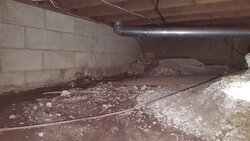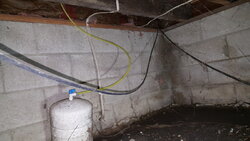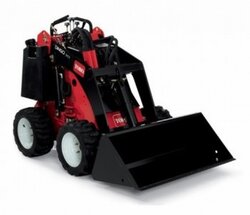So next year I'm going to be adding, I hope, 500 gallons of horizontal storage in the crawl space of my house. Then heating my house via a water to air heat exchanger in the current duct work. The storage will all be down hill from the boiler with about 180 feet round trip of 1" under ground thermopex. I'm wanting to do batch burns to heat the storage then heat the house and garage from storage, like it should be. There will be about 620 gallons of water between the boiler and storage not including what's in the lines.
Ok so that's the run down of what I'm planning. Now some questions.
Since I'm using 2 horizontal tanks for storage what is the best way to plumb them for best stratification? I was thinking plumb my supply from boiler in the bottom of first tank then out the top to the bottom of second tank then out the top to return to boiler. Would that mix the water well enough to keep things up to temp?
My garage will be tied to my boiler to pull heat from. I'm wanting to pump water from the storage under the house to the boiler to keep the boiler up to temp. I'm wondering if an aquastat or a timer would be better to turn on a pump to feed water to the boiler storage when it needs it?
I also have room for about 250 gallons of storage, additionally to the stoarge stated above, via 2 vertical tanks in my garage. But they would have to be pressurized storage. So my question is, what is the best way to heat pressurized storage with an open system boiler?
I'll have other questions but that's all for now. Thanks for any help.
Ok so that's the run down of what I'm planning. Now some questions.
Since I'm using 2 horizontal tanks for storage what is the best way to plumb them for best stratification? I was thinking plumb my supply from boiler in the bottom of first tank then out the top to the bottom of second tank then out the top to return to boiler. Would that mix the water well enough to keep things up to temp?
My garage will be tied to my boiler to pull heat from. I'm wanting to pump water from the storage under the house to the boiler to keep the boiler up to temp. I'm wondering if an aquastat or a timer would be better to turn on a pump to feed water to the boiler storage when it needs it?
I also have room for about 250 gallons of storage, additionally to the stoarge stated above, via 2 vertical tanks in my garage. But they would have to be pressurized storage. So my question is, what is the best way to heat pressurized storage with an open system boiler?
I'll have other questions but that's all for now. Thanks for any help.


 )
)


